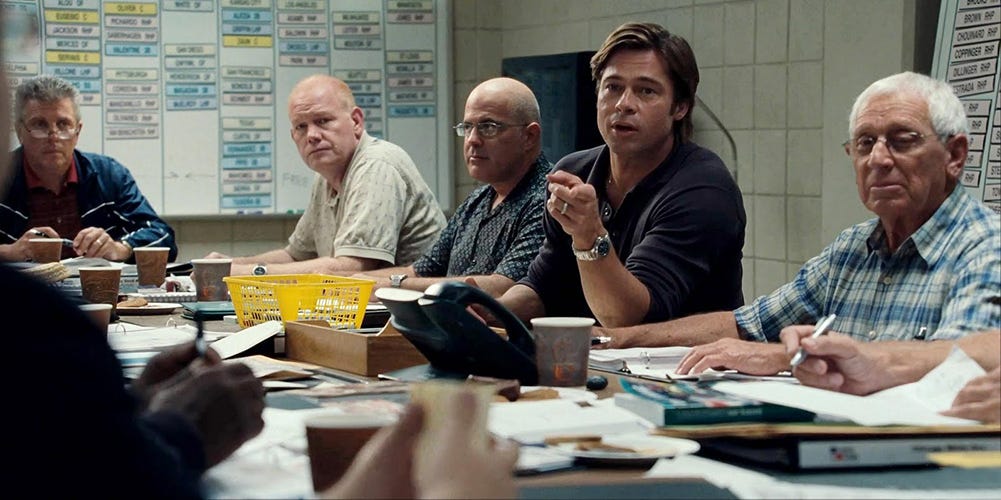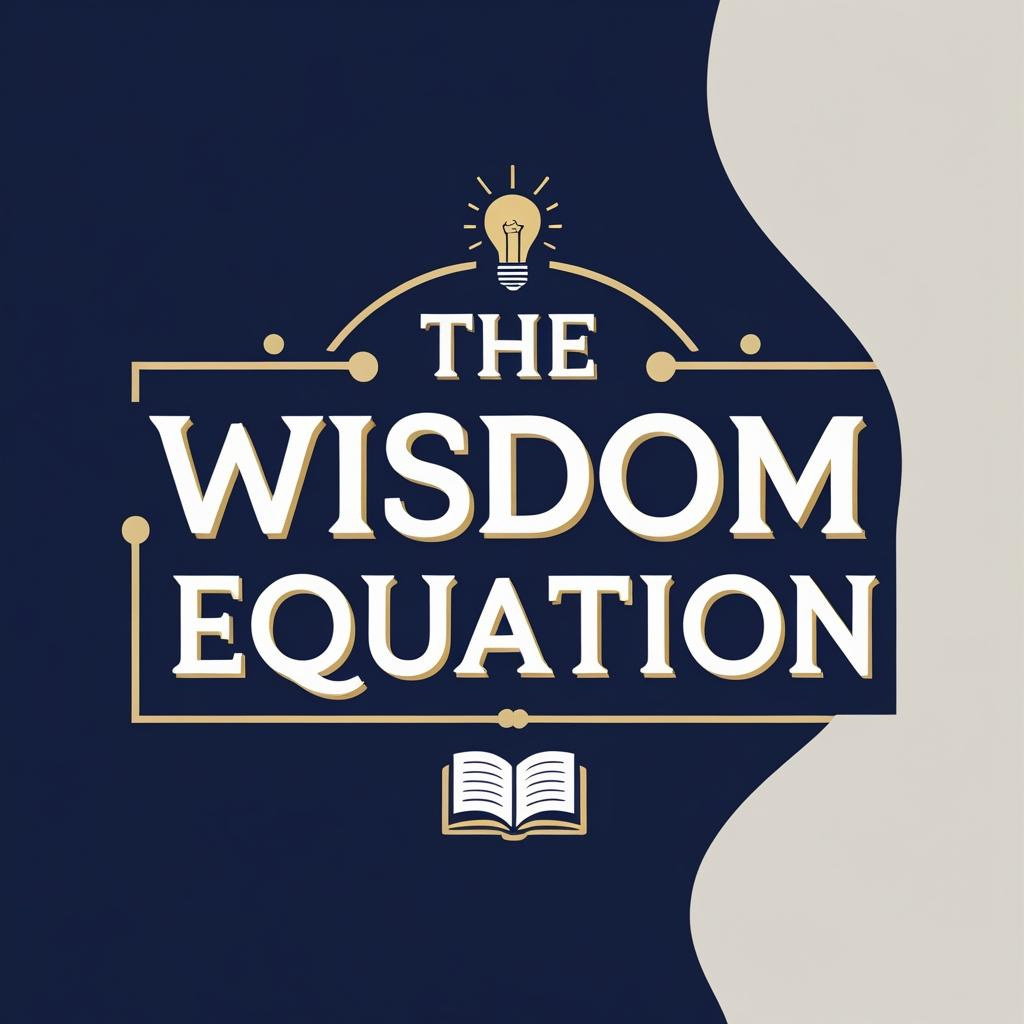Stop Solving the Wrong Problem
Lessons in wise decision-making from Moneyball, design thinking, and decision science.
How many times have you been in this meeting?
Everyone agrees a decision needs to be made, but no one agrees on the details. One person is solving for immediate cost, another is concerned about long-term reputation, while a third worries about the impact on employees. By the time options hit the table, the team is debating different problems altogether.
Before any decision can be made, there has to be a meta-decision: determining what we’re really deciding.
You can’t make a good decision if you haven’t clarified the problem you are trying to solve. For a wise leader, this means taking three steps:
1. Acknowledging the need to take a pause and reflect on what is being decided.
2. Expanding the context, or framing the issue, using a variety of perspectives.
3. Considering whether the problem should be reframed using a technique such as storytelling.
Step 1: Deciding to decide
Before you jump into the decision-making process, you need to be clear on your starting point. This means you need to have a good understanding of the need for a decision. More likely than not, the decision requirement is obvious and familiar. But in some cases, the problem or issue might not be fully defined.
Researchers at IMD recently surveyed more than 700 executives on decision-making challenges. Among the most cited were several related to problem identification and interpretation. The following phenomena topped their list:
1. Assuming everyone sees the same problem.
2. Targeting the wrong problem.
3. Pushing a single perspective.
Wise decisions start with clarifying what decision is being made. The baseball movie Moneyball provides a great example of this. In the movie, general manager Billy Beane (played by Brad Pitt) interrupts a meeting of scouts trying to replace three star players who’ve been hired away. The scouts think they’re solving a familiar problem: how to find new talent. Beane sees something else entirely.
BILLY: Guys, stop. You’re talking like this is business as usual. It’s not.
GRADY: We’re trying to solve the problem.
BILLY: Not like this. You’re not even looking at the problem.
At this point, the room falls quiet. Each scout gives his version of what the “real problem” is — losing key players, filling roster gaps, replacing home runs. Beane keeps pushing back.
BILLY: Uh-uh. What’s the problem?
GRADY: The problem is we’ve lost three key players we now have to replace.
BILLY: Uh-uh. What’s the problem?
PITTARO: We’ve got to put a team together with what we’ve got.
BILLY: Uh-uh. What’s the problem?
Finally, Beane reframes it:
BILLY: The problem we’re trying to solve is that this is an unfair game. There are rich teams, poor teams, 50 feet of crap—and then there’s us. If we try to play like the Yankees in here, we’re not going to be able to play with them out there.
GRADY: That’s fortune cookie wisdom.
BILLY: No—it’s just regular wisdom.
What makes this scene powerful isn’t just Beane’s frustration. It’s his insistence on defining the right problem before jumping to solutions. His scouts see a tactical issue (replace the players). Beane sees a strategic constraint (a structurally unfair system). Only by framing the problem this way could the team innovate, and ultimately change how baseball teams evaluate talent.
As wise leaders know, defining the problem is a critical step before you can start to select a solution. Otherwise you will end up facing your own versions of the Moneyball moment, with your team debating solutions before agreeing on the problem.
Step 2: In the frame
The concept of “problem framing” is a key step in the design thinking process. Designers use it for working out innovative and holistic solutions, digging below the surface of a problem to explore root causes. They also review and examine the perspectives of multiple stakeholders. Problem framing leads to the adoption of problem statements, which don’t just cover the context of the problem, but also make it clear why it is relevant to the organization, what obstacles exist, and what the ultimate objective is.
While this approach has been optimized for solution design, it can still be helpful when trying to select from among known options. To clarify, a problem such as “how do we make our product attractive to the South American market?” requires a solution. While “which South American distributor should we partner with?” requires a choice. In both cases the problem needs to be understood in terms of broader perspective and context.
Without taking the time to frame, a problem can look different to every team member or stakeholder. In such a case, differing perspectives don’t help; they seem to get in the way. On the other hand, a well-framed problem makes it easier for people to work on solutions together, or judge recommendations from a similar set of guidelines and priorities.
Framing forces us to ask: “What’s really at stake here? From whose point of view? What assumptions are we building on?” Those questions call on practical wisdom. That is why framing can extend from being a specific step in a methodology, to being a valuable mental habit for wise leaders in a variety of situations.
Step 3: Reframing with narrative
The use of figurative language is a hallmark of wisdom; it is associated with wisdom in societies around the world. In the case of decision-making, this can take the form of storytelling. Building a narrative makes a problem relatable and connects with the emotional element in decision-making. For instance, a decision around a failing project might be reframed as a hero’s journey to overcome obstacles through adaptation. The authors of the IMD study constructed narratives of heroes facing dragons (constraints) and seeking treasures (positive outcomes).
While framing is critical to effective decision-making, narrative reframes. It humanizes complexity and allows for shared understanding.
Storytelling also shifts ownership from individuals to the collective, making it ideal for group decision-making. In particular, narrative breaks the link between personal ownership and criticism. If teams look at a scenario as if it involves a brave explorer on a quest, then challenges to assumptions are seen as contributing to the storytelling, rather than pointing out shortcomings in somebody’s analysis.
Wise leaders know that facts alone won’t align or inspire people, but stories can. They also know that every decision begins with a story about what’s happening and what matters; they don’t rush to the ending.
Implications
Framing a problem, seeing it through multiple perspectives, or recasting it as a narrative aren’t activities that delay decision-making. They are the part of the process that determines whether what follows will be wise, or just fast.
Albert Einstein is alleged to have said “If I had an hour to solve a problem, I’d spend 55 minutes thinking about the problem and 5 minutes thinking about solutions.” While there is no evidence that Einstein actually said it, the concept resonates. Since we know that key attributes of wisdom (such as reflection, judgment and the use of figurative language) would be deployed to support effective decision-making, it leads us to think that someone wise must have come up with it.
The reminder that wisdom is not about quick answers, but about formulating the right question, is more than just “fortune cookie wisdom.”
Sources
Arnaud, Chevalier, Enders, Albrecht and Barsoux, Jean-Louis (2023): “Become a Better Problem Solver by Telling Better Stories” MIT Sloan Management Review, Vol 64 (3).
Brown, Tim (2009) Change by Design: How Design Thinking Transforms Organizations and Inspires Innovation. Harper.
I write about developing wisdom, strategic thinking, and vision for leaders and those who want to lead.
Are you interested in a workshop on the subject of this article? Or a custom course on wisdom, strategic thinking or related topics? If so, let’s talk about it.



